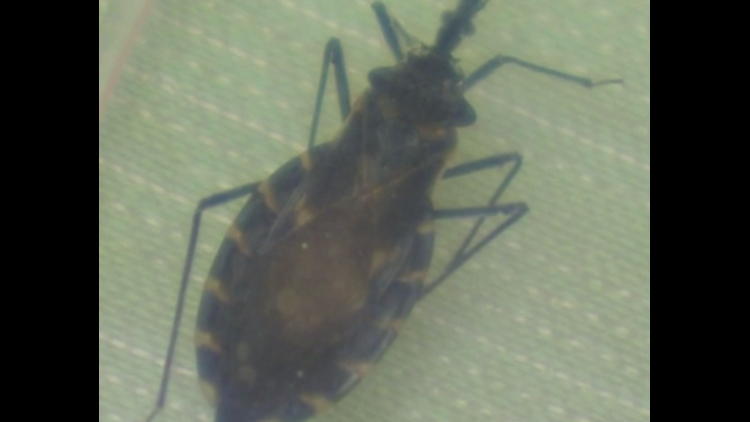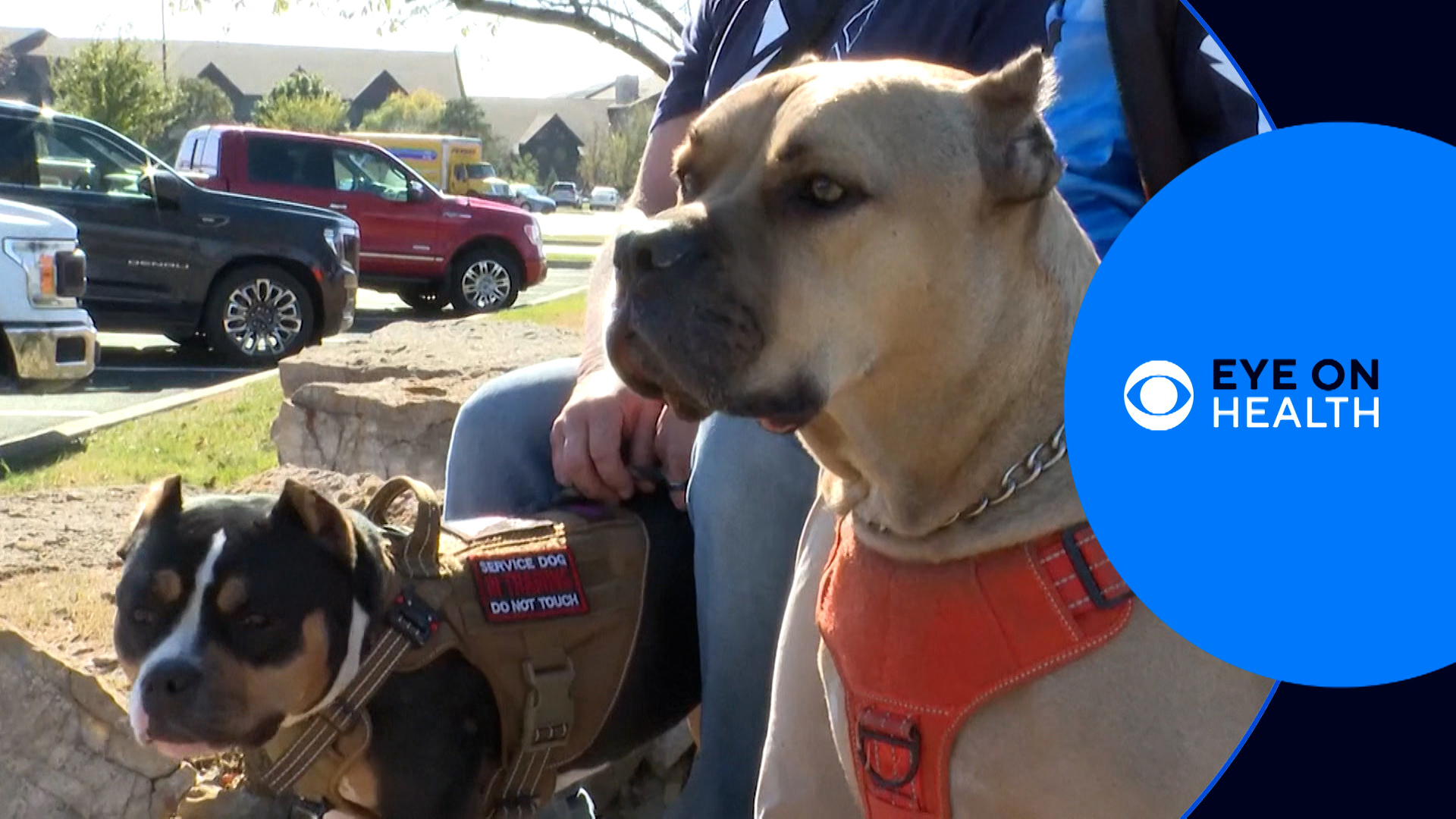The kissing bug is making a comeback across the U.S., including the Buckeye State. The name sounds cute, but a bite from this bug can be deadly.
"They look a little darker than a cockroach, heart shell," said Dr. Laila Woc-Colburn, Baylor College of Medicine.
Dr. Woc-Colburn knows these silent killers well.
"It stays dormant for about you know, 15, 20, 30 years and then you start having congestive heart failure or maybe kind of weird rhythms in your heart," she said.
It starts with a single bite from a kissing bug - also known as Triatomine bugs.
The kissing bug likes to hide in tree bark. It comes out to feed at night. It can bite you anywhere, but often targets the neck and face when people are asleep. That's where the nickname comes from.
The bug carries a parasite which causes the infectious disease, Chagas.

Credit: CDC
"When you have a bite, you usually scratch and when you scratch you get the stuff that the bug defecated into your arm and those have the little parasite that looks like an "S". The Tripminisoma gets into you," said Dr. Woc-Colburn.
Most people experience flu-like symptoms for a few days after they are bitten and then may feel nothing unusual for years to come. About 70 percent of people can survive it with treatment, for the rest the disease is fatal.
"In Latin America, it can affect more than 30 million people. Usually low income where they don't have access to care," said Dr. Woc-Colburn.
There are seven confirmed cases in Harris County, Texas so far. A health department spokesperson says they're working on an educational campaign now to raise awareness.
There are treatments for Chagas, but so far no vaccine available.
Key facts from the World Health Organization
- About 6 million to 7 million people are estimated to be infected worldwide, mostly in Latin America.
- Vector-borne transmission occurs in the Americas. The insect vector is a triatomine bug that carries the parasite Trypanosoma cruzi which causes the disease.
- Chagas disease was once entirely confined to the Region of the Americas – principally Latin America – but it has now spread to other continents.
- The disease is curable if treatment is initiated soon after infection.
- In the chronic phase antiparasitic treatment can also prevent or curb/halt disease progression.
- Up to 30% of chronically infected people develop cardiac alterations and up to 10% develop digestive, neurological or mixed alterations which may require specific treatment.
- Vector control is the most useful method to prevent Chagas disease in Latin America.
- Blood screening is vital to prevent infection through transfusion and organ transplantation.
- Diagnosis of infection in pregnant women, their newborns and siblings is essential.



